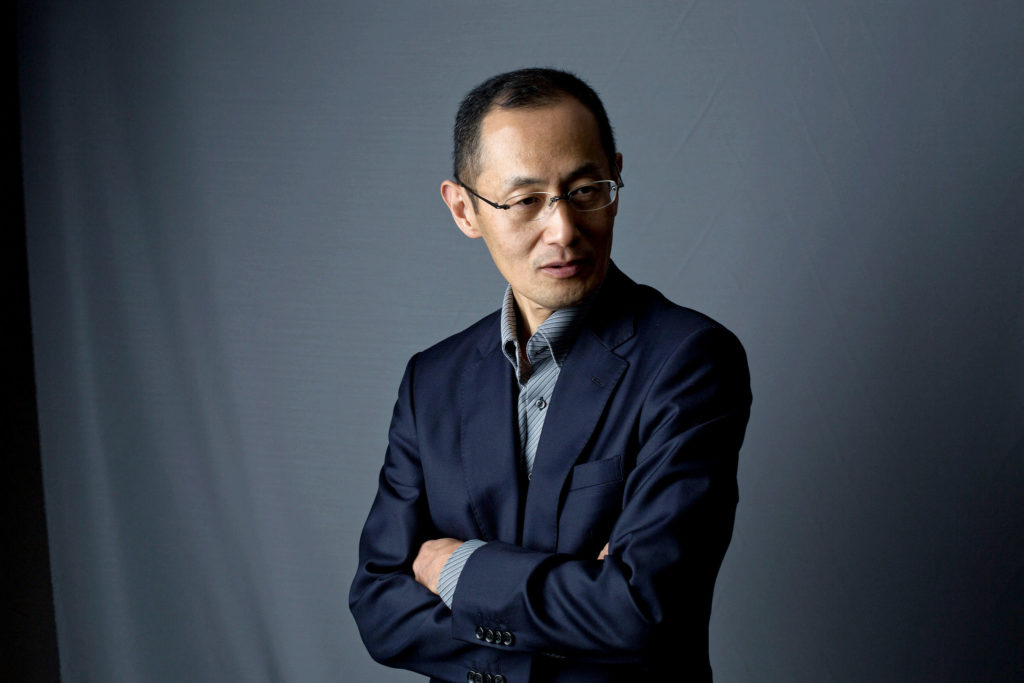Partial Brain Reprogramming: FDA Greenlights Path to First Human Trial
What is partial reprogramming, and is it the cure for age-related cognitive decline and dementia?
Highlights
- Partial reprogramming rejuvenates cells by reverting them to an earlier stage of development.
- Partial reprogramming has been used to prolong the lifespan and improve the cognition of mice.
- YouthBio will now prepare for testing partial reprogramming on Alzheimer’s patients.
YouthBio Therapeutics, a biotech company based in Seattle, recently announced the FDA’s greenlighting of a path towards their new gene therapy, YB002.
“The FDA’s response confirms our capital-efficient development strategy for YB002 and provides a clear path to the clinic,” said Yuri Deigin, CEO of YouthBio. “This is a significant inflection point, shifting the conversation from scientific plausibility to execution, and positioning YouthBio to be the first to bring partial reprogramming to the human brain.”
What Is Partial Reprogramming?
It wasn’t until the 1960s that scientists seriously contemplated the possibility of reversing human development. It started with Dr. John Gurdon, who would lay the foundation for age-reversal technology. Before Gurdon’s monumental findings, scientists were stuck on how an embryo could develop into an entire organism. How could a single cell become a full-fledged human, composed of a diverse array of specialized cells, from skin cells to neurons?
An Old Idea Shattered
The hypothesis at the time was relatively simple: embryo cells become specialized cells by shedding unnecessary genes. For example, an embryonic cell becomes a skin cell by retaining its skin cell genes and losing its non-skin cell genes (e.g., its neuron genes). Of course, this hypothesis was proven wrong by Dr. Gurdon during his time at Cambridge University. Working with frogs, Gurdon removed the nucleus of an embryo and replaced it with the nucleus of an intestinal cell. Remarkably, the embryo grew into a healthy adult frog, capable of reproducing.

Gurdon’s experiment revealed that specialized cells (i.e., intestinal cells) do not lose genes, as hypothesized, but harbor all the genes necessary for the development of a multicellular organism. The findings were groundbreaking at the time, implying that the development of specialized cells could be reversed. Since Gurdon’s discovery, scientists have established that, instead of losing genes, specialized cells merely turn them off. Gurdon’s experiments also led to Dolly the sheep’s cloning, which has now been done successfully in over 20 species.
Revolutionizing Our Understanding of Developmental Biology
Dr. Gurdon had figured out how to reprogram the nucleus of cells (by placing them into an embryo), a feat that didn’t seem possible. This left an impression on an entire generation of biologists around the world, including Dr. Shinya Yamanaka, who would revolutionize the field of developmental biology. Decades after Gurdon’s discovery, Dr. Yamanaka and his team at Kyoto University in Japan worked tirelessly to reprogram skin cells into embryonic cells, eventually succeeding.
The technique was surprisingly simple, involving four proteins, now known as Yamanaka factors (OSKM: Oct4, Sox2, Klf4, and c-Myc), that turn thousands of genes on or off. Activating the Yamanaka factors in mature skin cells reprograms them into embryonic-like cells, which, like Gurdon’s findings, wasn’t thought possible. And achieving the impossible didn’t go unnoticed, as both Gurdon and Yamanaka won the 2012 Nobel Prize in Physiology or Medicine for their paradigm-shifting work.

Bringing Nobel Prize Winning Technology to the Longevity Space
Gurdon and Yamanaka won the Nobel prize “for the discovery that mature cells can be reprogrammed to become pluripotent.” Pluripotency is the ability of a cell to become any other cell, an attribute reserved for stem cells, such as embryonic (stem) cells. However, the goal of longevity scientists is not to induce pluripotency via complete reprogramming, but to rejuvenate cells while maintaining their specialization.
Only in the last decade have scientists determined how to rejuvenate cells without turning them back into stem cells. Key studies include one showing that human skin cells could be rejuvenated by 30 years while maintaining their skin cell identity. This was achieved by activating the Yamanaka factors transiently, stopping their activation just before cellular identity was lost. Another key study showed that cycling the activation of Yamanaka factors every other week could prolong the lifespan of mice while improving their health, essentially making the mice younger.
These and other studies helped establish that cycling the activation of Yamanaka factors could rejuvenate entire organisms. Thus, partial reprogramming can be described as reverting cells to an earlier stage of development by cycling the activation of Yamanaka factors to maintain their identity and specialized functions.
Partially Reprogramming the Brain in Rodents
In 2020, longevity researchers began exploring the effect of partial reprogramming on the brains of mice and rats. In one of the first of these explorations, Rodríguez-Matellán and colleagues showed that partial reprogramming favors the migration of neural stem cells, increases the survival of newborn neurons, and improves the memory of young adult mice. These findings suggest that partial reprogramming can mitigate age-related deficits in memory and neurodegeneration.
In 2024, several studies explored the effects of partial reprogramming on brain function and cognition. Xu and colleagues from Stanford University found that partial reprogramming reverses age-related neural stem cell decline and improves the production of new neurons in aged mice. Shen and colleagues induced partial reprogramming while mice were still in the womb, leading to an increase in brain size (neurogenesis) and improved motor and social behavior.

The same study showed that partial reprogramming reduced amyloid-beta plaques and senescence markers, increased dendritic spines, and improved cognition in a mouse model for Alzheimer’s disease. Vílchez-Acosta and colleagues found that brain-specific partial reprogramming improves learning and memory in mice but only if administered late in life. Finally, Horvath and colleagues showed that partial reprogramming could improve the memory of old rats.
Together, these studies suggest that partial reprogramming could potentially ameliorate the cognitive deficits and neurodegeneration associated with aging. Moreover, Shen and colleagues have provided evidence that partial reprogramming could potentially be beneficial for Alzheimer’s patients. Now, YouthBio will begin preparing for clinical trials to test just that. If partial reprogramming gene therapy (YB002) ends up reversing Alzheimer’s disease, they will have achieved a great feat, standing on the shoulders of Gurdon and Yamanaka.

